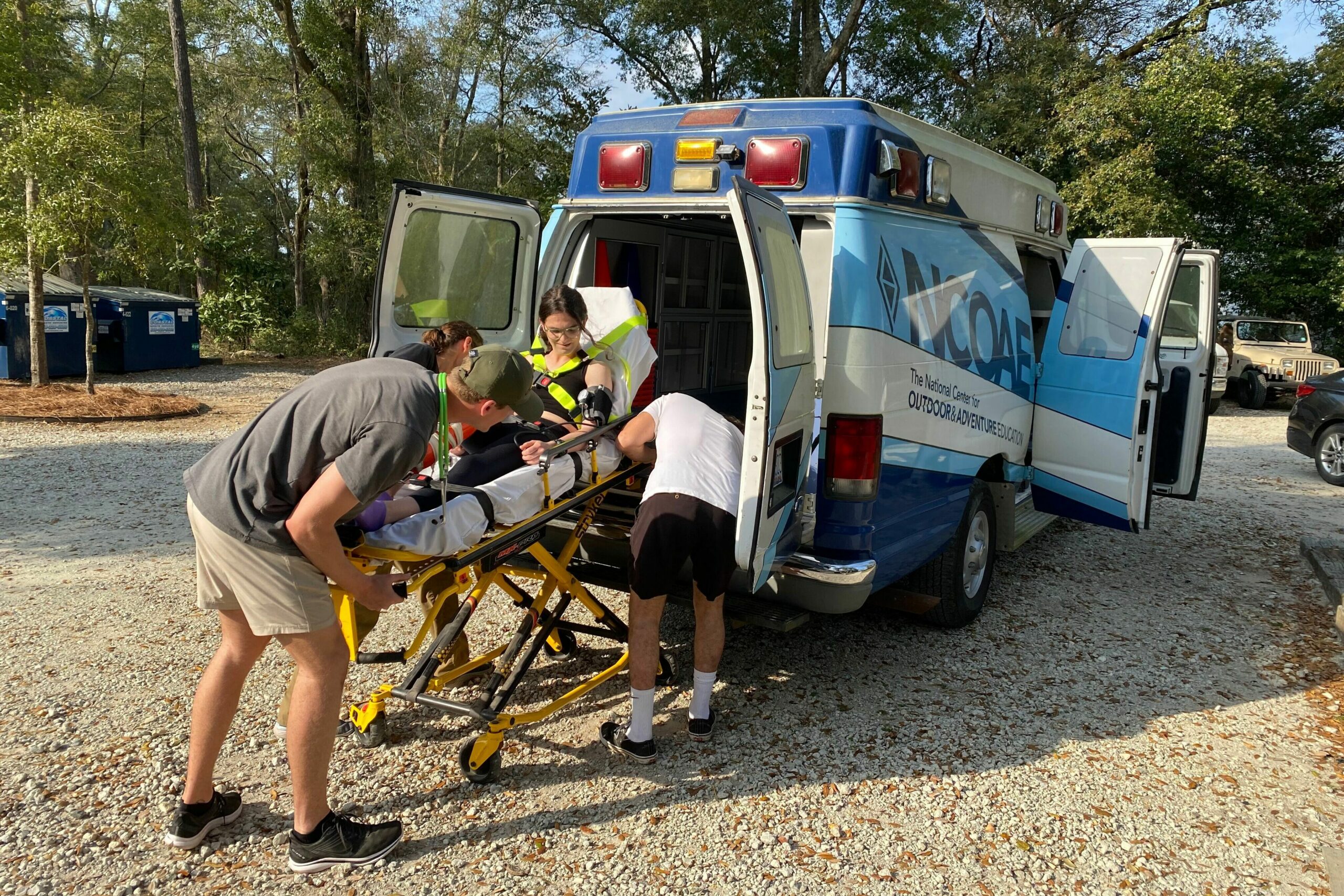In EMS (emergency medical services) education, generations of students have been taught to put safety first. “Don’t enter a scene if it’s not safe,” is what all EMS students are told. “Your safety is most important,” we say. “If you don’t feel safe, get out.”
That being said, there’s another concept called “Safety Third” that’s become popular in recent years, claiming that it’s really up to the individual — not the institution — to ensure their safety on a continual basis. For more details about this, please read Safety is Third, Not First, and We All Know It Should Be in the Journal of Emergency Medical Services, written by our Medical Director, Dr. Christopher Davis, MD.

But what is “safe” and why do we put so much emphasis on it?
Personally, I think even the notion of chatting about “safety” leads us down the wrong path. Instead, we should be discussing risk management and decision making. Let’s face it. Absolutely nothing in EMS is “safe.” Emergency services personnel respond on a near-daily basis to situations that the regular population is unable (or unwilling) to handle. Why, just the simple act of driving an ambulance can be unsafe. Again, nobody becomes an EMT (Emergency Medical Technician) because they’re desperately seeking a safe career.
Most emergency healthcare providers will agree that “safety” is not really our focus. Whether they realize it or not, every EMT or paramedic who spends more than a few shifts in the field will develop their own version of “Operational Risk Management.”
Operational Risk Management (ORM) refers to the process of identifying, assessing, and controlling the risks associated with the day-to-day operations of an organization. It involves understanding the potential for losses resulting from inadequate or failed processes, systems, human errors, and external events, among other factors.
Essentially, that means taking the Big Picture into account, knowing your options and resources, and picking the best available approach while still accomplishing the mission. Are there times when this means entering the scene of an incident or accident? Absolutely. I will not enter a fully involved house fire to attempt a rescue in my EMS uniform. Not only is it “unsafe,” but there is most likely a zero percent chance of success.
Determining Acceptable Risk
So, what is acceptable risk? That differs from one individual to another and evolves with time and experience. An EMT with significant experience and a high level of confidence in their de-escalation skills may feel comfortable interacting with an agitated patient without law enforcement present. A younger pre-hospital healthcare provider might not. If my EMT partner is a muscular giant and practices Mixed Martial Arts on the side, I might also be more likely to proceed in.
The point isn’t for us to all come to the same conclusion. Successful risk management involves assessing the situation, taking into account your resources (including time available), communicating with your fellow responders and quickly coming up with a plan and then always being willing to reassess and change course if needed.
Most EMTs probably do this on their own because they’ve developed approaches over years of trial and error. Most are self-taught EMS veterans and many might have a hard time articulating exactly why they made the decisions they made. Much of what I have learned over the years was gained by watching how more experienced EMTs approached a situation. But not everyone gets the benefit of a partner with 10-plus years of experience.
What EMS education should do is provide our future EMS professionals the formal training so they don’t have to learn everything the hard way. As educators, we can’t possibly provide answers for what to do in every situation. Instead, we should teach how to think logically about the scene, and then come up with scene-specific solutions.
= = = = = = = = =
About the Author: Kate Javes is a North Carolina paramedic and Level 2 EMT instructor at The National Center for Outdoor & Adventure Education. A former two-sport NCAA Division I athlete at Rutgers University, Kate received her Bachelor of Science degree in math, and a second bachelor’s degree in history from the United States Naval Academy in Annapolis, Md.
TALK TO US
Have any further questions about our courses, what you’ll learn, or what else to expect? Contact us, we’re here to help!
Leave a comment